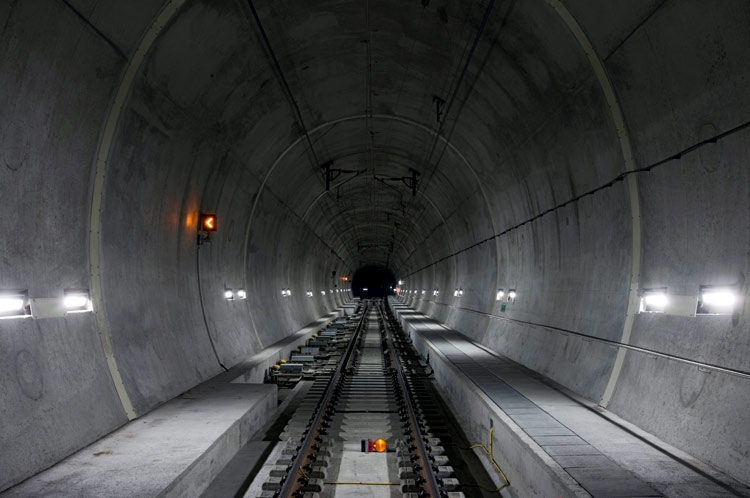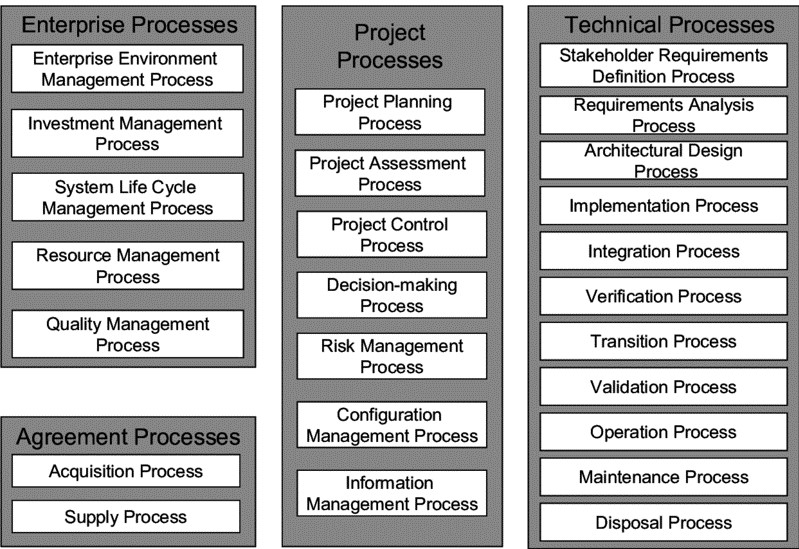Here at DBengineering, we are specialized in systems engineering. “What is that, systems engineering?”, you are probably wondering. Don’t worry, we will explain below.
Complex problems
How would you solve a complicated physics problem? Probably not unstructured, in one go, one would think. You would firstly look at what is actually asked in the problem statement, then you would look for the best solution strategy by comparing multiple strategies with each other. Once the optimal strategy is found, you will presumably split the problem itself in smaller sub problems. These sub problems are on their own more manageable and easier to solve then the original statement. After obtaining the sub solutions, you would put them back together to get the final solution. As a last step, you would verify if you solved the right question and if you used the right theorems. You thus would check if you solved the right problem in a correct way..
Complex projects

Although bringing a complex (infrastructure) project to a good end seems a totally dissimilar problem, is in essence the same as solving the above mentioned physics problem, all be it on a far larger scale. We will clarify this with a simple example.
We start off with a problem; people want to travel from point A to point B, but a river blocks their way. In order to solve this problem, we first need to know unambiguously to what requirements the solution has to comply with. These requirements are put in place by the stakeholders. As different stakeholders have more than often contradictory requirements, compromises have to be found pleasing all parties.
Once this problem is tackled the project is split up into smaller parts; in the design of the mechanical structure, in the design of the electrical structure etc. From the global project requirements, the requirements for each of the sub projects are defined. These smaller projects then are carried out by different specialized teams of engineers.
Before putting the smaller pieces together again, they are verified to adhere to the requirements. At last the pieces are integrated together and the whole is verified to comply with the global requirements.
Where do we, systems engineers, come into the picture you may ask?
Role of the systems engineer
In a project a lot of people with different technical backgrounds have to work together. Because of the far-reaching specialization of the project members, the bigger picture can get lost. Everybody knows what he/she is doing, but nobody knows how the project as is whole is doing. This can cause project delays and extra costs. That is why we jump in.

Our function can be described as follows: we assist projects from beginning to end by thinking further ahead than the everyone else, overseeing the bigger picture and making sure nothing is overlooked, as this could lead to extra cost. We help streamline projects.
The systems engineering is an interdisciplinary field of engineering management and engineering, focussing on the design, integration and managing of complex systems (e.g. building of a railway tunnel) over their life cycle. Systems engineering has for that reason not only a technical (design), but sociotechnical aspect (management) as well. At the core this body of knowledge is organised by using systems thinking strategies. To give an abstract summary: systems engineering makes sure that all likely aspects of a project are considered and integrated as a whole. Since this definition could seem somewhat vague, an illustration is given.
Small example
As was stated above, one of the first steps of every project is determining what the requirements really are. If this is performed insufficiently accurate, it could be requirements are overlooked. However, at some point of another, the need for this requirement will show up again.
To integrate this requirement when the project has moved past the conceptual state entails a great cost; the integration will require modification of all project parts on which the requirement has an influence. The problem doesn’t stop here as there has to be verified if other project parts relying of the affected ones are still compatible. Our task is thus to accurately list all requirements, look for contradicting ones, make if needed compromises between stakeholders and write them down unambiguously, so later on no discussion can flare on.
In other words; the systems engineer makes sure all requirements are considered and integrated in the design. He/she does this not by following a fixed pattern, but by creating customer-specific working methods.
Interested to work as a systems engineer
Are you the engineering jack-off-many-traits to strengthen our team?
